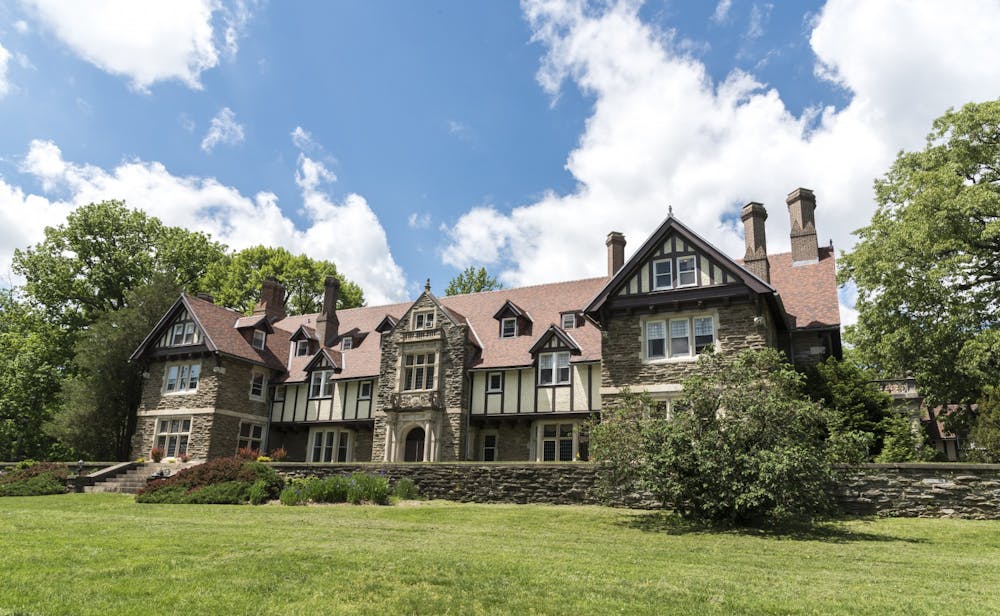
A recent study showed that student enrollment in many Philadelphia colleges is declining due to the effects of the COVID-19 pandemic.
According to the National Student Clearinghouse Research Center, undergraduate enrollment in the Philadelphia region dropped by 9.4% last spring.
Of 32 local schools surveyed by The Philadelphia Inquirer, 13 reported that they had experienced lower enrollment from last fall. Six schools reported an increase in enrollment, seven reported a similar enrollment size, and six did not answer. Institutions with acceptance rates below 50% — such as Penn and Princeton — were excluded from the study because they “don’t face the same kind of challenges filling their classes.”
The Pennsylvania State System of Higher Education saw a 5.4% decrease in enrollment of almost 5,000 students across 14 universities during the 2020-2021 academic year. Though this aligns with the 12-year trend in enrollment decline, it was the steepest percentage decline of enrolled students in over 20 years.
Cheyney University, a Historically Black College and University, was one of the few schools that saw an increase in their student body. It saw a 10% increase in enrollment this school year, growing its student body by 50% over the last four years.
The Hechinger Report suggested that negative macroeconomic trends, such as inflation, are decreasing the affordability of higher education, leading recent high school graduates to pursue employment rather than a college degree.
Cabrini University estimated a 10% decrease in its freshman class. Spokesperson Matt Nestor cited greater competition among local schools as another possible explanation for the decline in enrollment.
“Many of our students come from [the] tri-state region, and in this saturated higher-education market, we’re all pulling from the same pool.”
The Daily Pennsylvanian is an independent, student-run newspaper. Please consider making a donation to support the coverage that shapes the University. Your generosity ensures a future of strong journalism at Penn.
Donate



